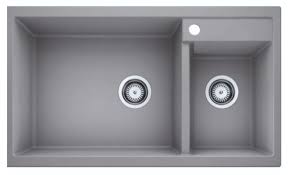Designing a Modern Farmhouse-Style Home
When it comes to creating a cohesive overall theme and aesthetic for any project, it is essential to carefully consider the intended look and feel. The theme sets the tone for the entire design and helps to guide decisions related to color schemes, typography, and visual elements. Whether aiming for a minimalist, modern, or traditional aesthetic, the chosen theme should be consistently reflected throughout the project to ensure a harmonious and visually pleasing result.
In addition to the theme, attention to detail is crucial in maintaining a unified aesthetic. Consistency in design elements such as shapes, textures, and patterns can enhance the overall visual appeal and convey a sense of intentionality. By paying close attention to these finer details and ensuring they align with the chosen theme, creators can elevate their work and create a more impactful and memorable experience for their audience.
Selecting the Right Color Palette
When choosing a color palette for a space, it is important to consider the overall mood and atmosphere you want to create. Think about the purpose of the room and how you want people to feel when they are in it. Warm colors like reds, oranges, and yellows can create a cozy and inviting environment, while cool colors like blues and greens can promote a sense of calm and relaxation.
Another factor to consider when selecting a color palette is the size and natural light of the room. Lighter colors can make a small room feel more spacious and airy, while darker colors can add a sense of intimacy to a larger space. Additionally, the amount of natural light in a room can affect how colors appear – rooms with ample natural light can handle bolder and more saturated colors, while rooms with less natural light may benefit from lighter hues to prevent them from feeling too dark and cramped.
How do I determine the overall theme and aesthetic for my color palette?
Start by considering the mood and message you want to convey with your project. Are you aiming for a bold and vibrant look, or a more subtle and calming feel? Think about the target audience and their preferences as well.
What factors should I consider when selecting the right color palette?
Consider the purpose of your project, the emotions you want to evoke, the branding guidelines (if applicable), and the overall aesthetics you are aiming for. It’s also important to take into account color psychology and how different colors can impact mood and perception.
Should I stick to a limited number of colors in my palette?
It’s generally a good idea to stick to a limited number of colors in your palette to maintain a cohesive and harmonious look. Too many colors can create visual clutter and confusion. Aim for a balance of primary, secondary, and accent colors.
How can I ensure that my color palette is harmonious?
One way to ensure harmony in your color palette is to use color theory principles such as complementary, analogous, or monochromatic color schemes. You can also use online tools and resources to help you create a visually pleasing color palette.
What should I do if I’m still unsure about my color palette choices?
If you’re still unsure about your color palette choices, don’t be afraid to seek feedback from others or conduct A/B testing to see which colors resonate best with your target audience. Remember, selecting the right color palette is a subjective process, so trust your instincts and go with what feels right for your project.






